The heat wave has caused temperatures in many Southeast Asian countries to rise to record highs, threatening to disrupt people's lives.
Forest fire less than 100km from Bangkok. Photo: NAKHON NAYOK PROVINCIAL OFFICE
The Philippine Atmospheric, Geophysical and Astronomical Services Administration (PAGASA) warned that the heat index in the Philippines could reach 57 degrees Celsius after temperatures in Iba, Zambales reached 53 degrees Celsius on April 29. This is an “extremely dangerous” temperature, surpassing the highest temperature record of the historic heat wave on April 20, 2020.
Meanwhile, the Philippine National Weather Service forecasts that more than 40 areas in the country will experience “dangerous” temperatures as El Nino and the dry season continue to affect the country.
According to PAGASA, many cities in the Philippines will experience heat from 40-450C and the heat wave will last until the second week of May.
The heat has prompted the Philippine Departmentof Education to allow schools to conduct remote learning or cancel classes. The Southeast Asian nation is also in the process of shifting its school year from August to May to June to March, as students and teachers complain about summer learning.
According to the US National Oceanic and Atmospheric Administration (NOAA), not only is the Philippines experiencing record-breaking heat, but many areas in Thailand, Cambodia, Laos and Myanmar have reached 400C.
Meanwhile, Thai authorities predict that temperatures in the country could climb to 43-44.50C in May. The Thai Meteorological Department has also warned that temperatures will be 30% higher than normal. The high temperatures will also have a strong impact on farmers who are having difficulty in production and livestock raising due to lack of water. This is a factor that causes farmers in many places to face the risk of reduced agricultural production, affecting their income and life.
On the other hand, prolonged heat will raise the risk of forest fires in many Southeast Asian countries. Satellite images show that there are many forest fire hotspots in some Southeast Asian countries, including more than 600 hotspots in Thailand, mainly on forest land, and more than 4,000 hotspots in Cambodia. In addition to Thailand, satellites recorded 4,056 hotspots in Cambodia, 979 in Myanmar, 622 in Laos and 166 in Vietnam.
The alarming issue today is that heat waves have a major impact on human health. The United Nations Children's Fund (UNICEF) has warned that more than 243 million children across Southeast Asia and the Pacific are at risk of heat-related illnesses and even death this summer.
According to UNICEF experts, because children have less ability to regulate their body temperature than adults, young children are susceptible to heat-related illnesses such as chronic respiratory diseases, asthma and cardiovascular diseases.
“Climate change and human-caused factors including massive urbanization, deforestation, shrinking water resources and increased use of air conditioning are the reasons for the rising temperatures,” said Bangladesh meteorologist Muhammad Abul Kalam Mallik. “We will see more severe heat waves like this in the future.”
The heat wave will continue to be more severe in the first days of May. This will lead to serious consequences for health, production, forest fires, etc. in many Southeast Asian countries if there is no timely solution.
HN synthesis
Source


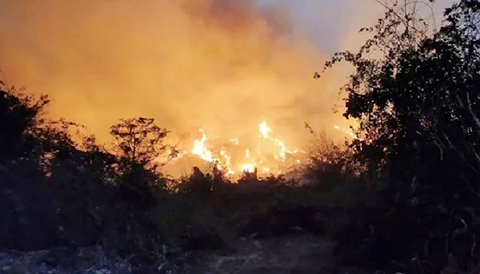


![[Photo] Prime Minister Pham Minh Chinh receives leaders of Excelerate Energy Group](https://vphoto.vietnam.vn/thumb/1200x675/vietnam/resource/IMAGE/2025/5/29/c1fbe073230443d0a5aae0bc264d07fe)


![[Photo] Prime Minister Pham Minh Chinh attends the event "Digital transformation of the banking industry by 2025"](https://vphoto.vietnam.vn/thumb/1200x675/vietnam/resource/IMAGE/2025/5/29/0e34cc7261d74e26b7f87cadff763eae)



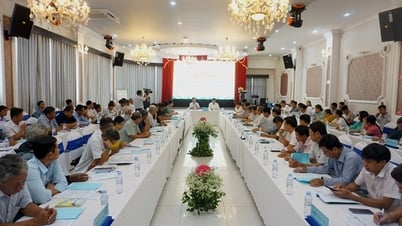
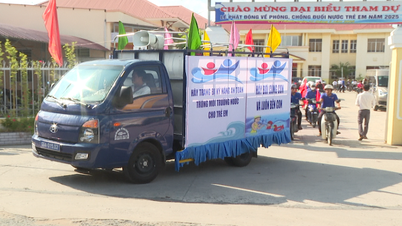











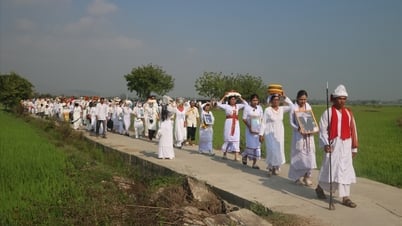






























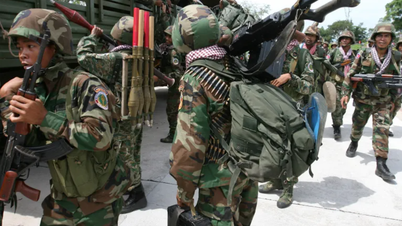





































Comment (0)